In the French Provence, on the left bank of the Rhone, there is an ancient city of Avignon. It is known from the 6-5 centuries BC and some traces of the Roman era are still quite well preserved.
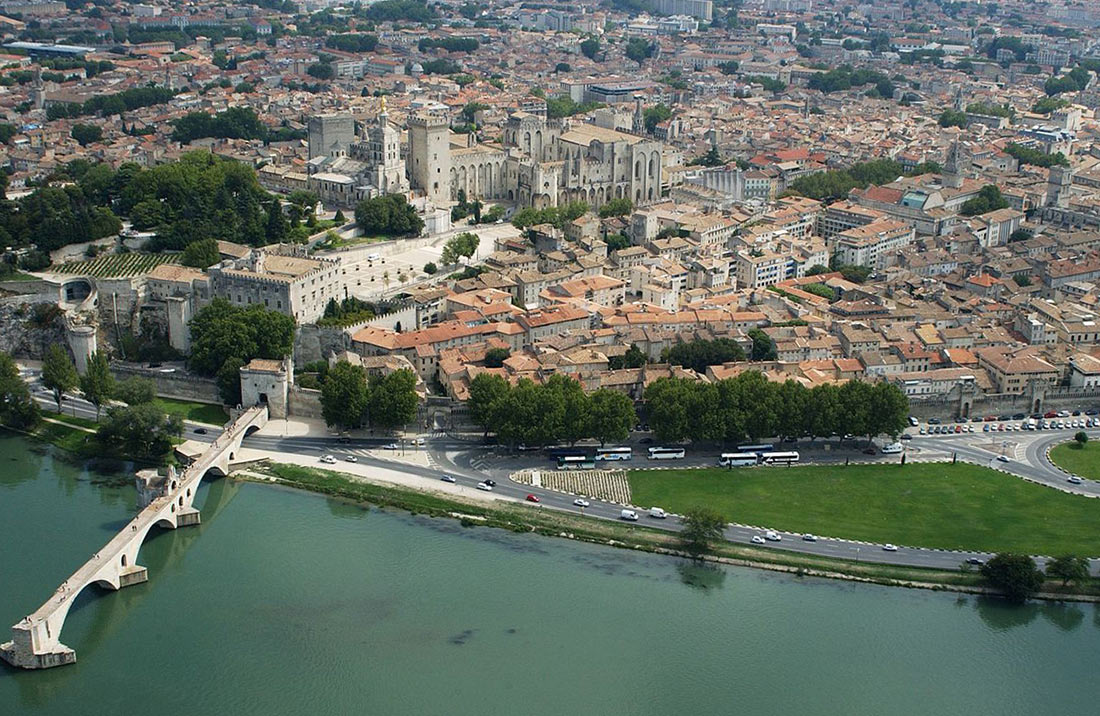
Photo: By OT Avignon, from Wikimedia Commons (CC BY-SA 4.0)
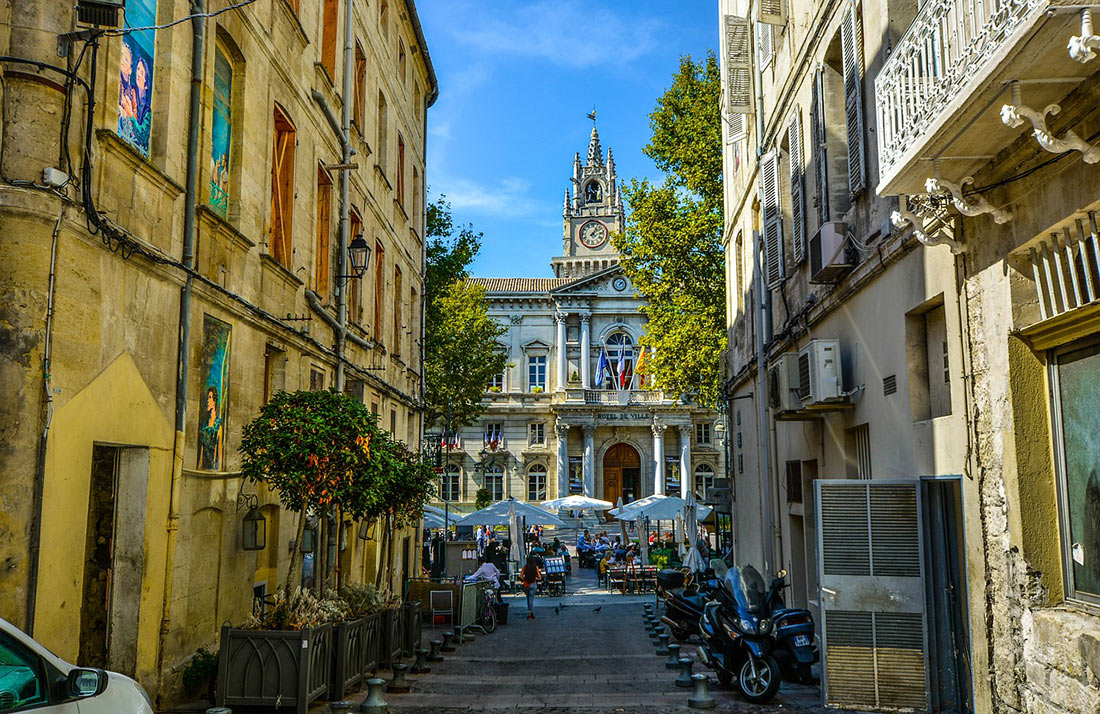
Photo: pixabay.com (CC0 Creative Commons)
In the Middle Ages Avignon played a significant role in the history of the Catholic Church. Pope Clement V, on the orders of the French King Philip IV, moved his residence here from Rome. From 1309 to 1378 the Popes were elected in Avignon and from here they ruled the Catholic world.
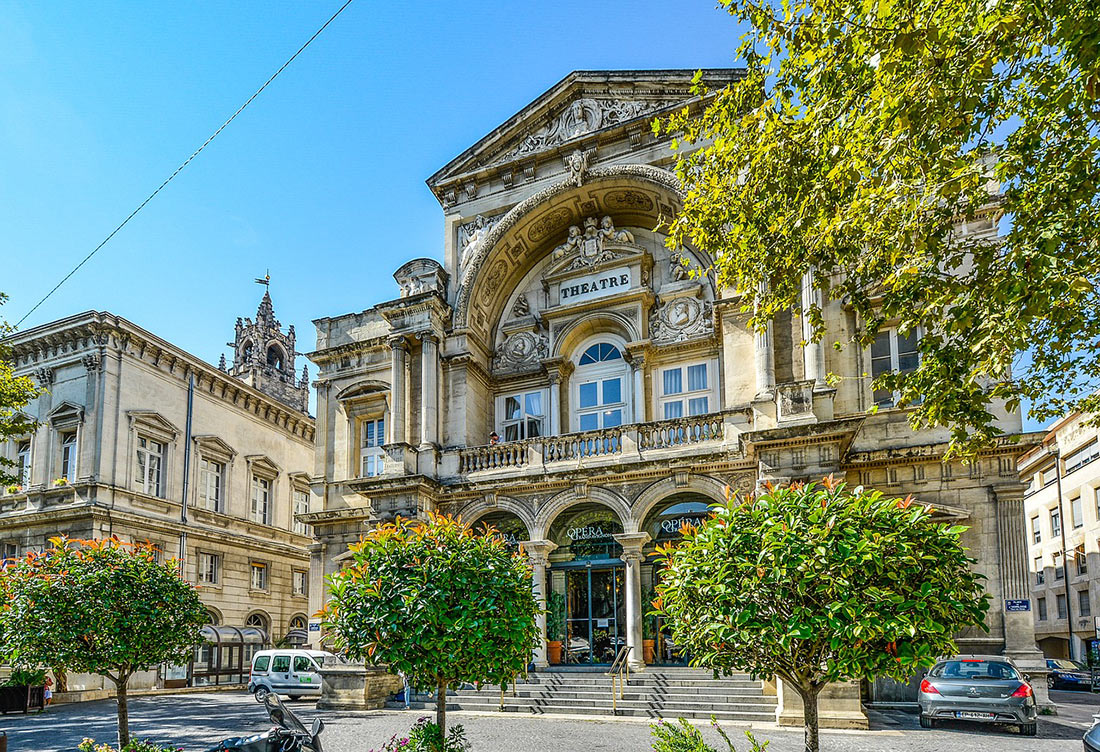
Photo: maxpixel.net (CC0 Public Domain)
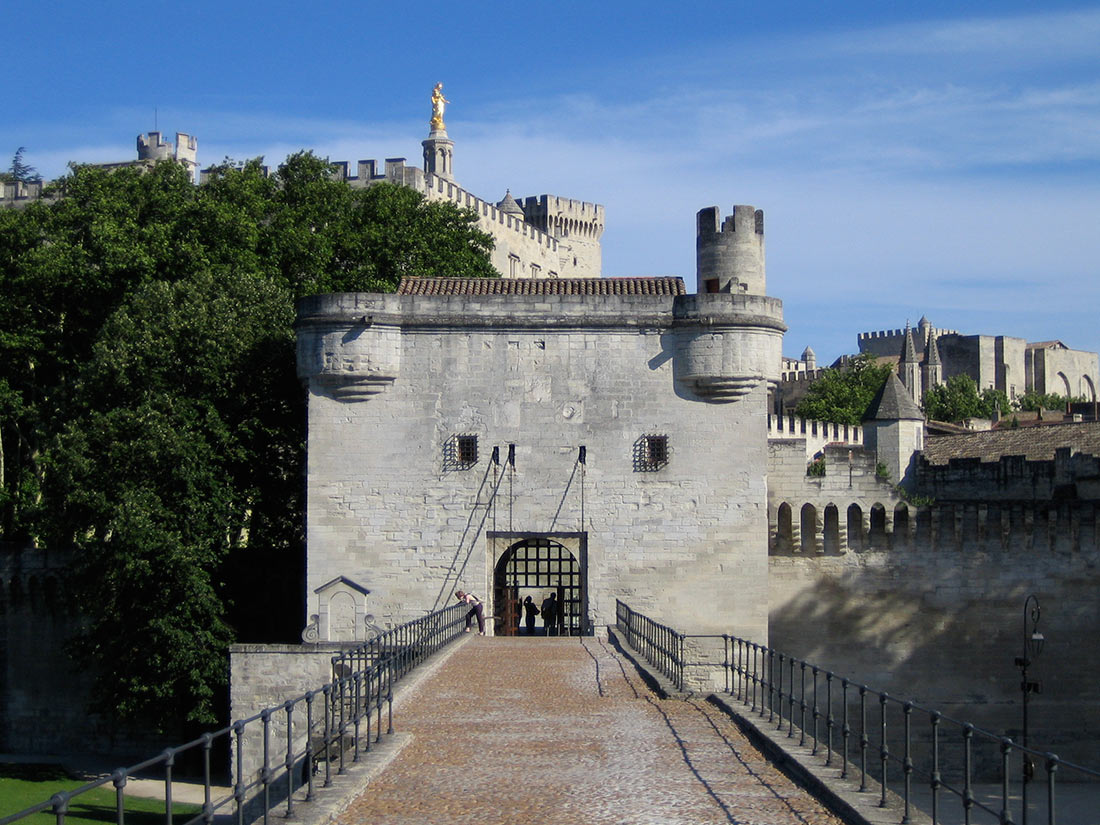
Photo: Henri Sivonen/flickr (CC BY 2.0)
The Popes are associated with the heyday of the city. Construction was in full swing. The Papal palace, churches, chapels and monasteries were erected. In 1303 even the University was founded.
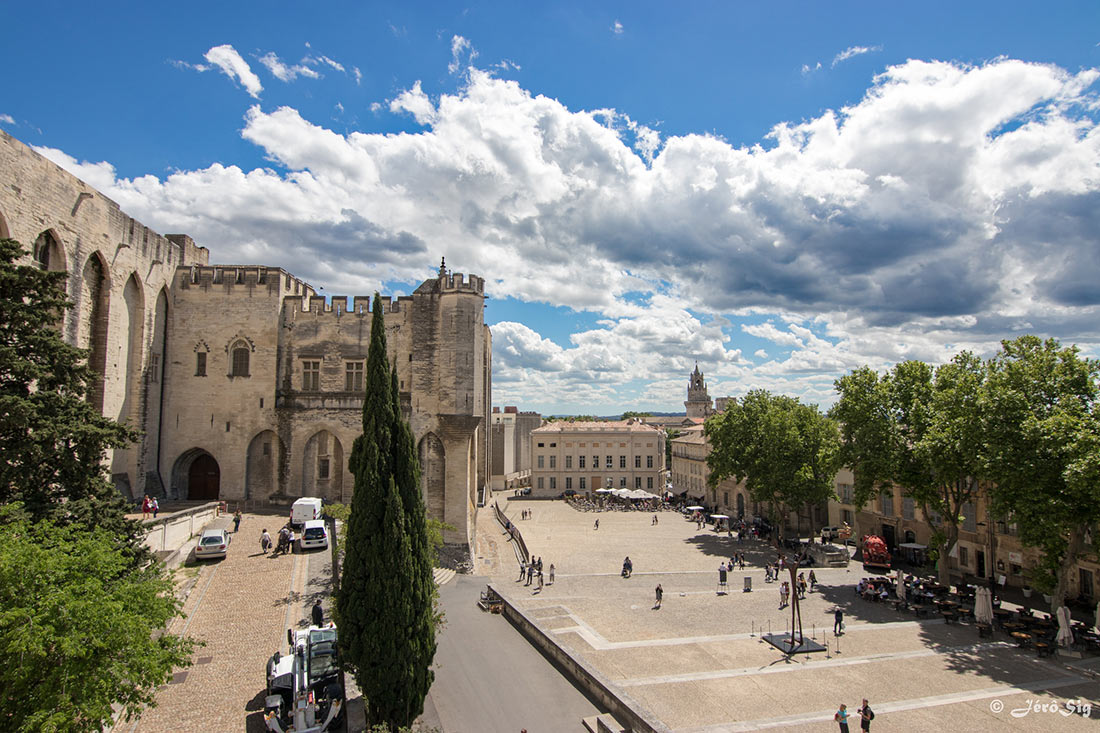
Photo: JeroSig/flickr (CC BY-ND 2.0)

Photo: Jean-Marc Rosier from http://www.rosier.pro, from Wikimedia Commons (CC BY-SA 3.0)
In the middle of the 14th century, the city was surrounded by thick crenellated walls which still defend the central part of the city.
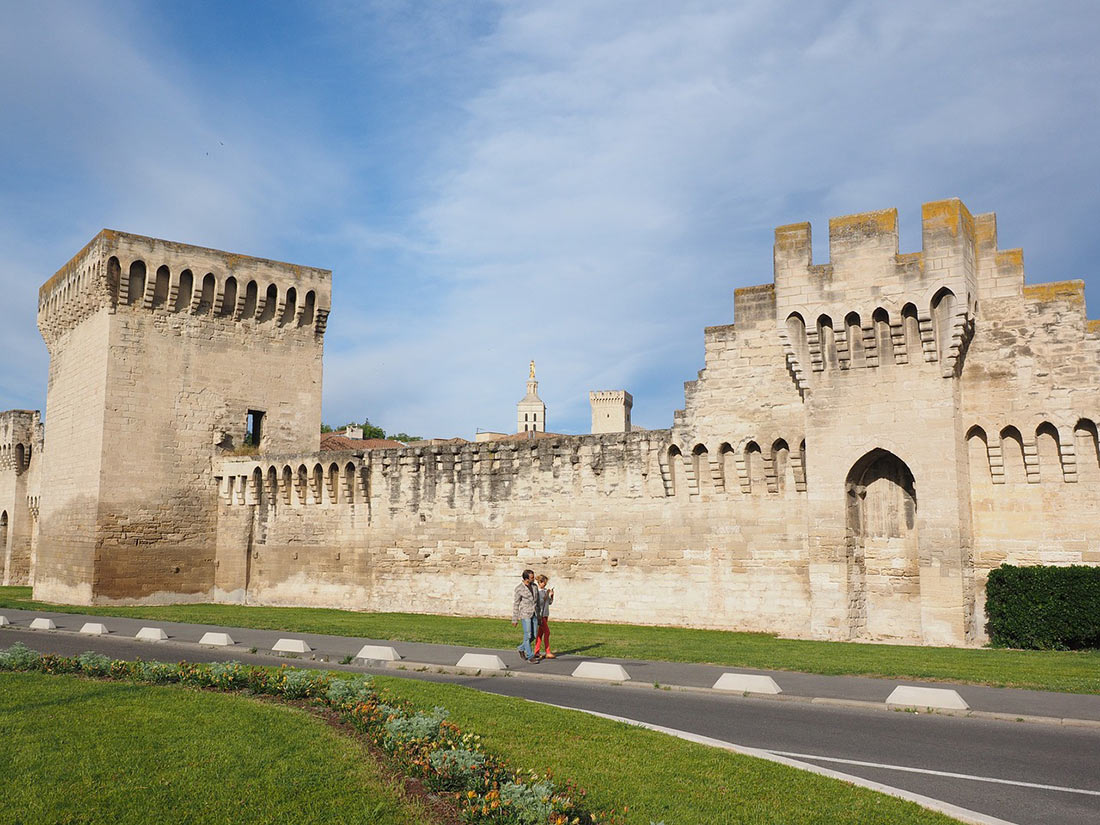
Photo: pixabay.com (CC0 Creative Commons)
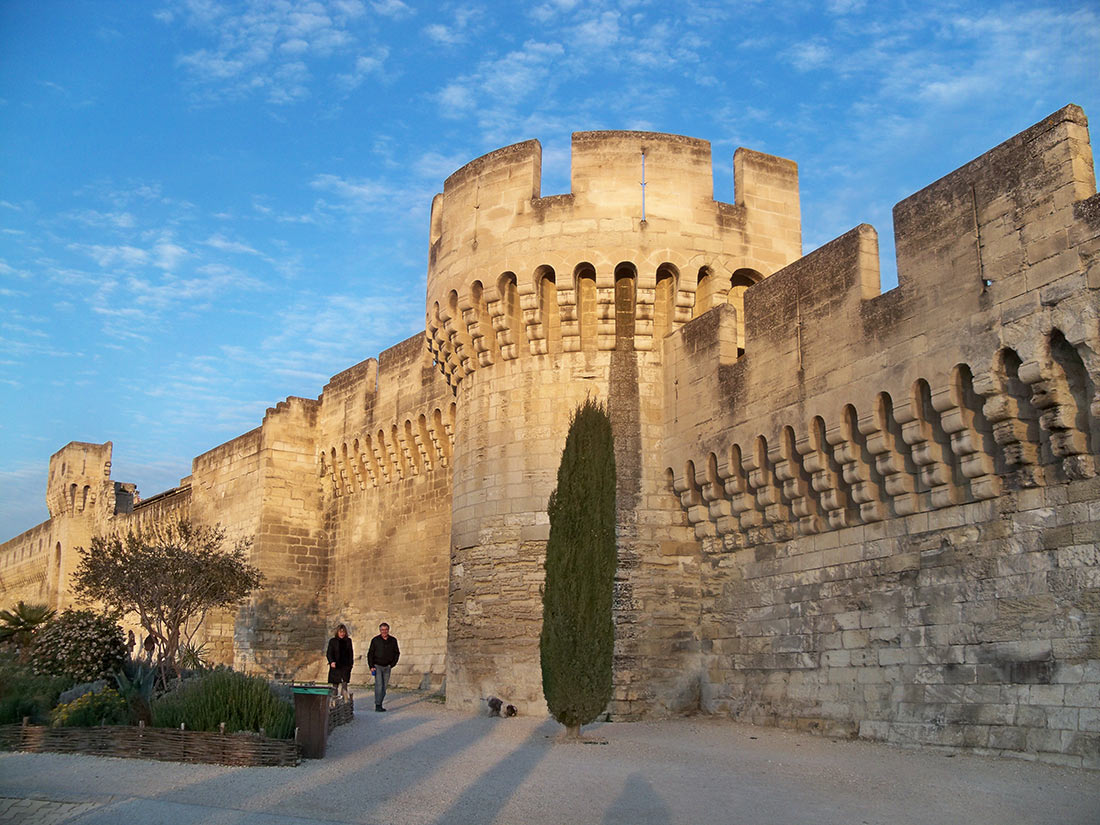
Photo: By Véronique PAGNIER, from Wikimedia Commons (CC BY-SA 3.0)
At the end of the 12th century, the stone bridge of Saint-Bénézet across the River Rhône was built, but in 1669 it was destroyed by flooding. Only 4 out of 22 flights and a small chapel overcame the disaster. These “remnants” are included in the UNESCO World Heritage List.
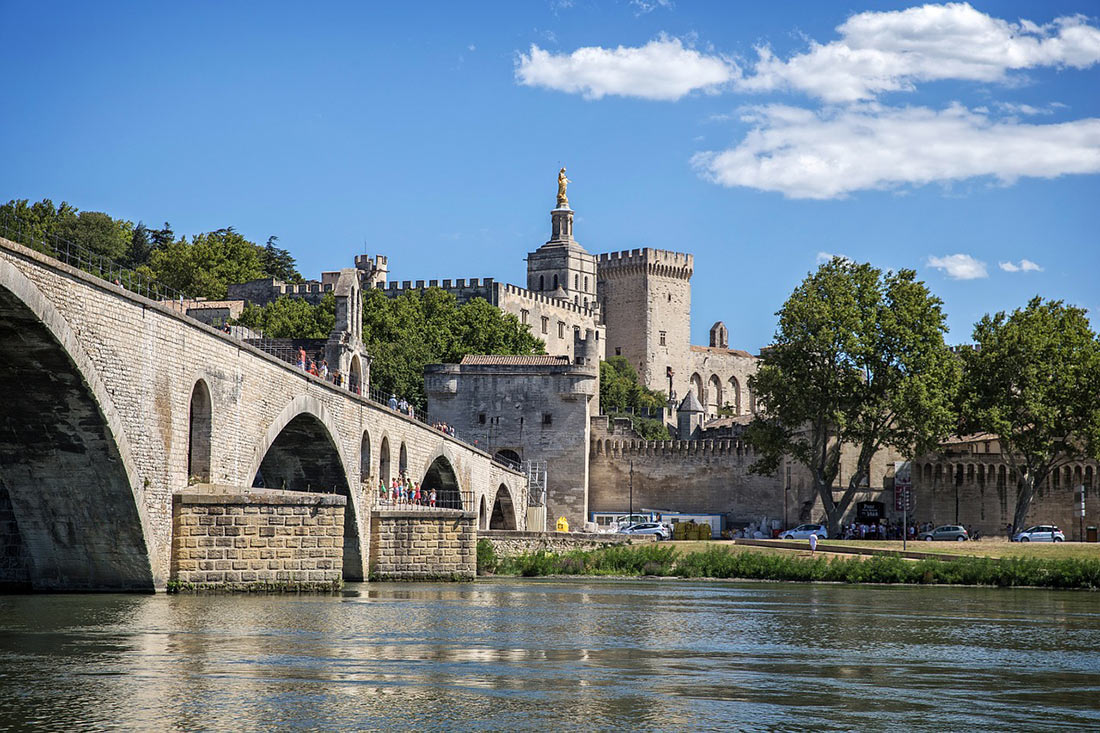
Photo: pixabay.com (CC0 Creative Commons)
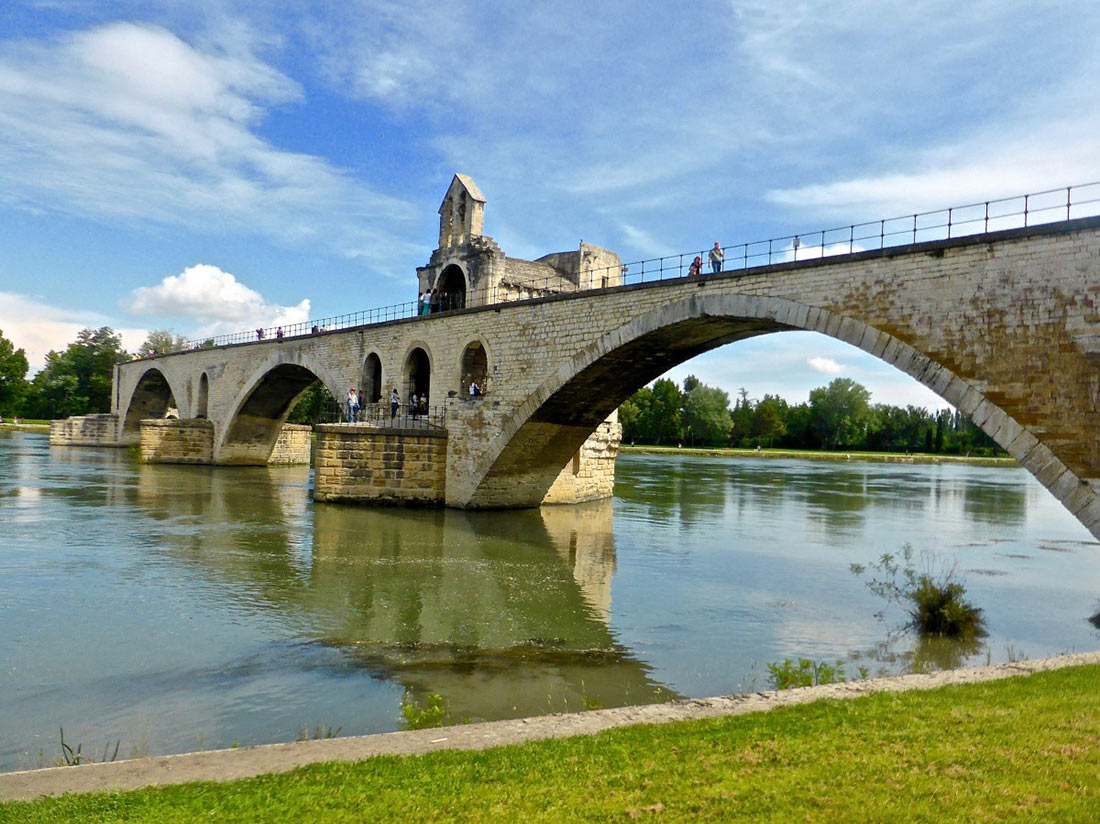
Photo: pxhere.com (CC0 Public Domain)
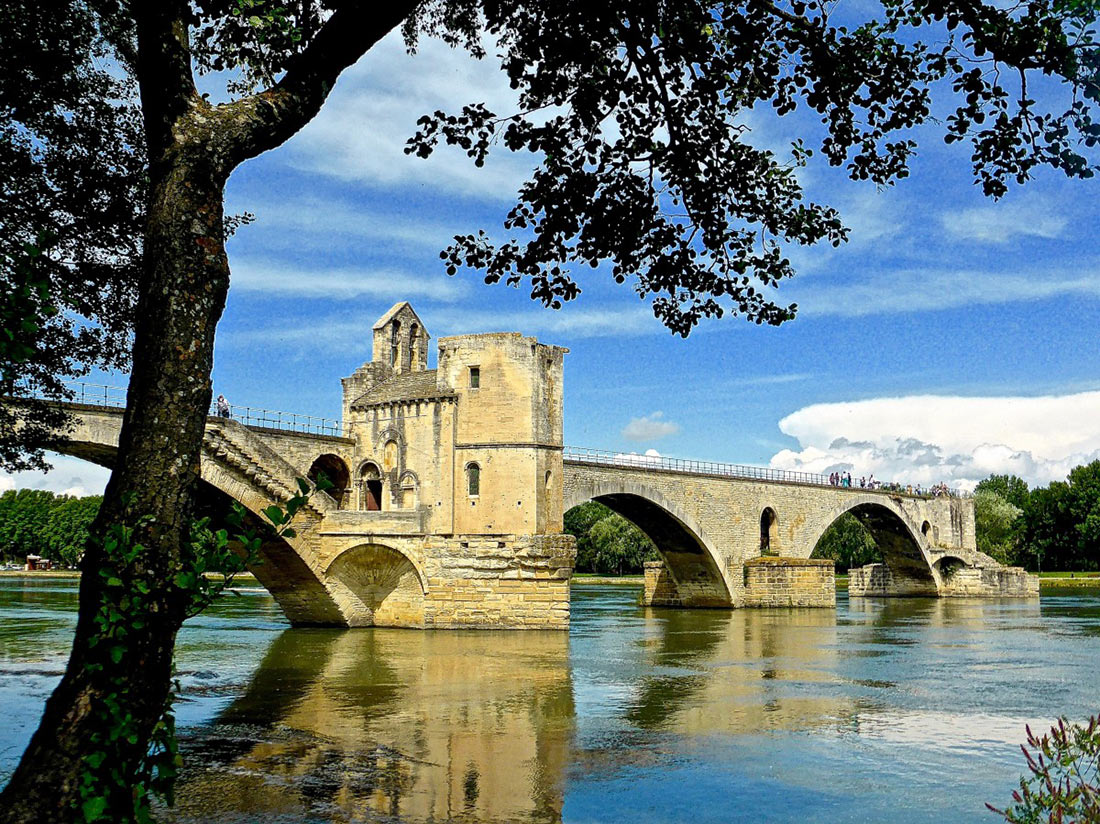
Photo: pxhere.com (CC0 Public Domain)
At the top of the rock there’s the main attraction of the city. Cathedral of Our Lady of Doms features the papal throne of white marble. Here are the mausoleums of Popes Benedict XII and John XXII. The cathedral is decorated with frescoes and numerous paintings.
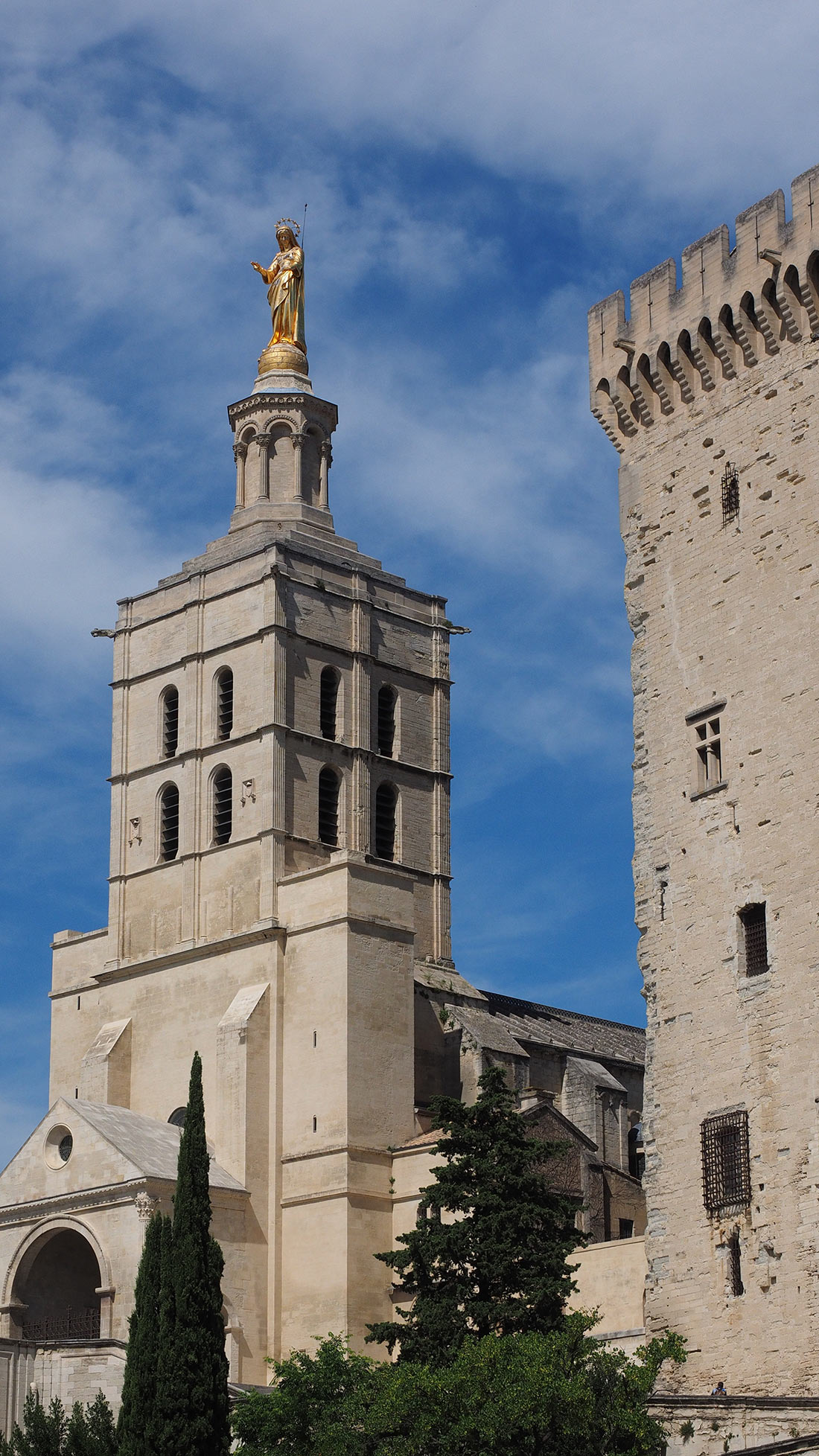
Photo: maxpixel.net (CC0 Public Domain)
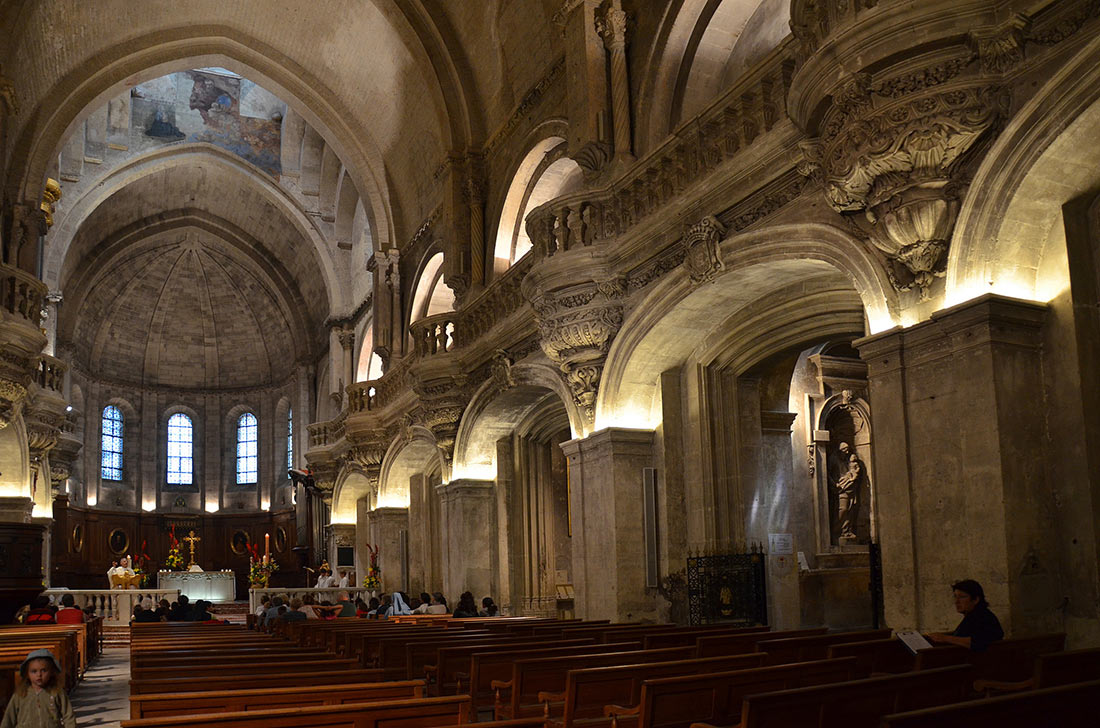
Photo: Fr Maxim Massalitin/flickr (CC BY-SA 2.0)
On the slope of this mountain in 1339-1364 the Papal Palace was built. Now it is open for visitors. Curious tourists can get acquainted with private apartments of the Pope, in the walls of which priceless frescoes, ceremonial halls and chapels have preserved. The palace is included in the UNESCO World Heritage List as well.
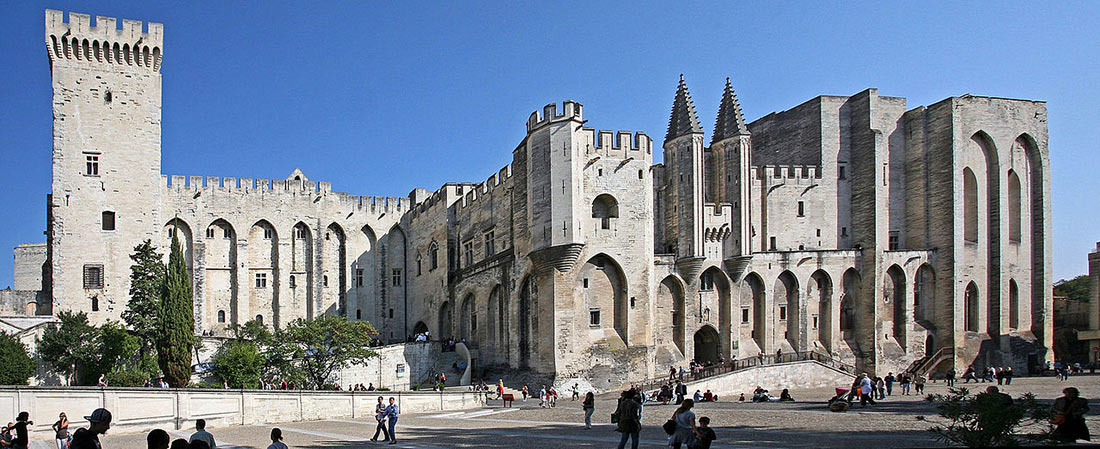
Photo: Jean-Marc Rosier from http://www.rosier.pro, from Wikimedia Commons (CC BY-SA 3.0)
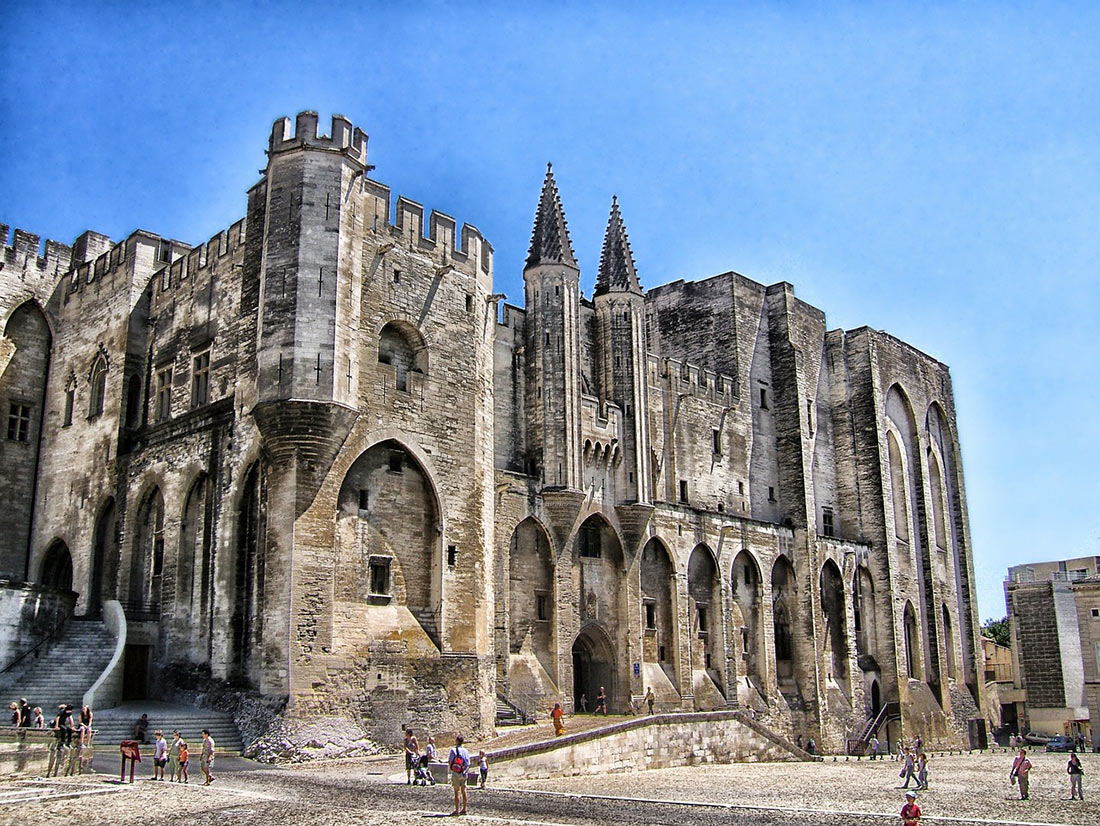
Photo: pixabay.com (CC0 Creative Commons)
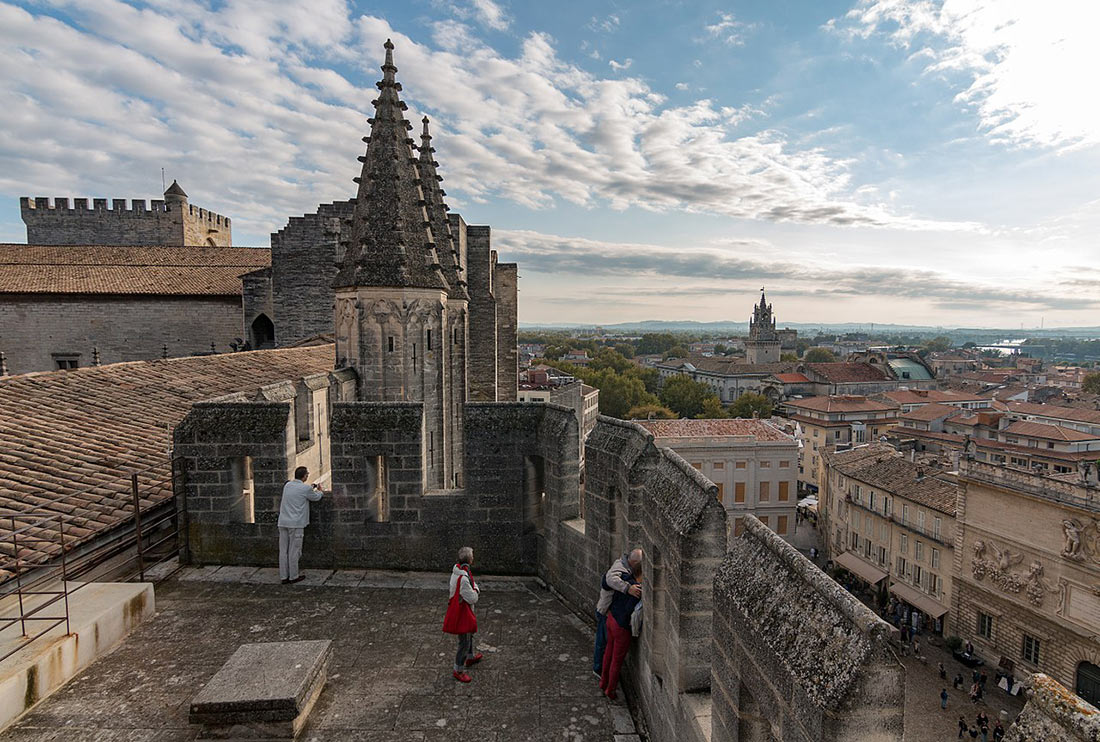
Photo: By Martin Kraft, from Wikimedia Commons (CC BY-SA 3.0)
Since the 14th century Avignon features a complex of the city hall with a clock tower.
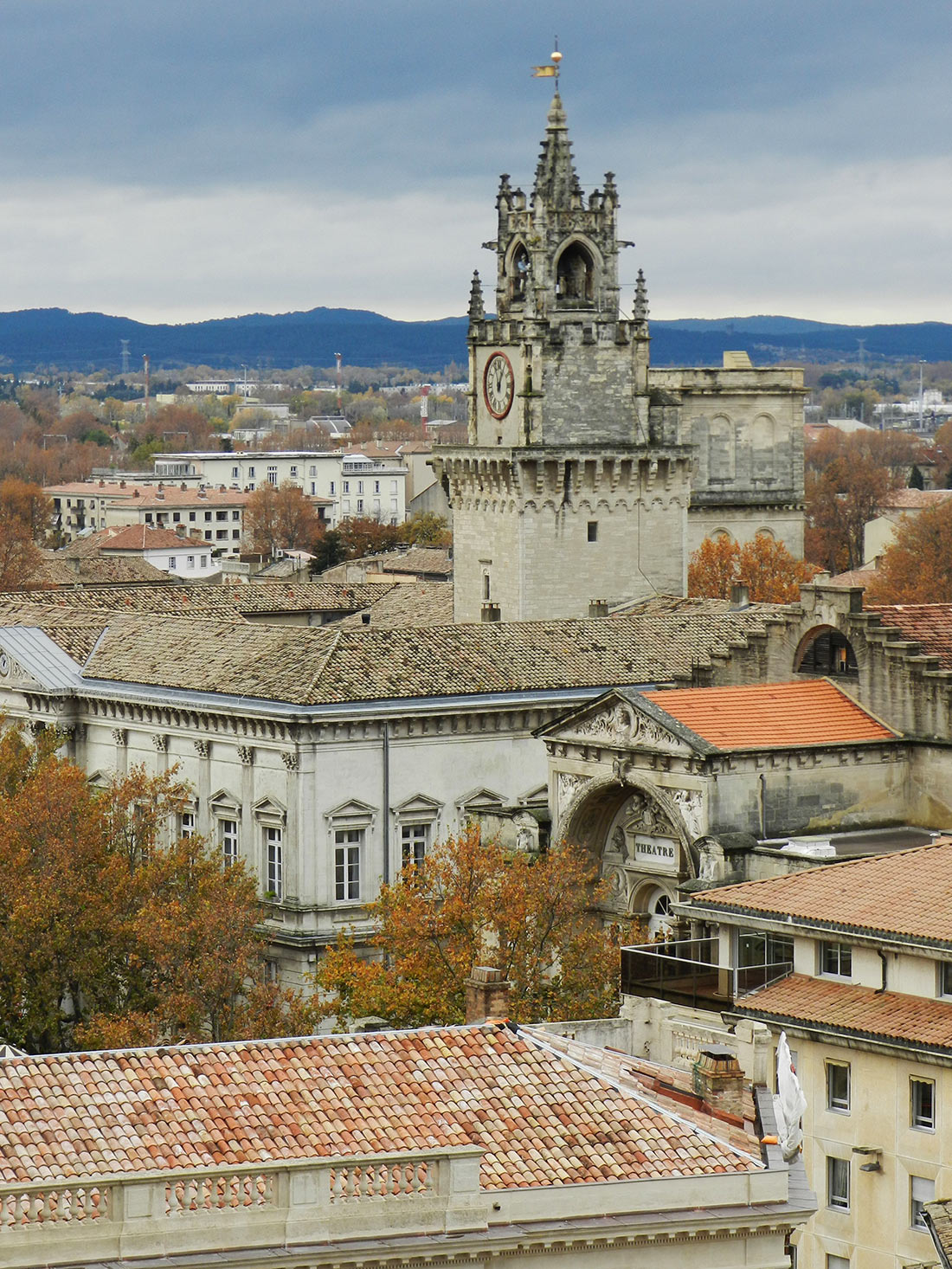
Photo: By Djngsf, from Wikimedia Commons (CC BY-SA 4.0)
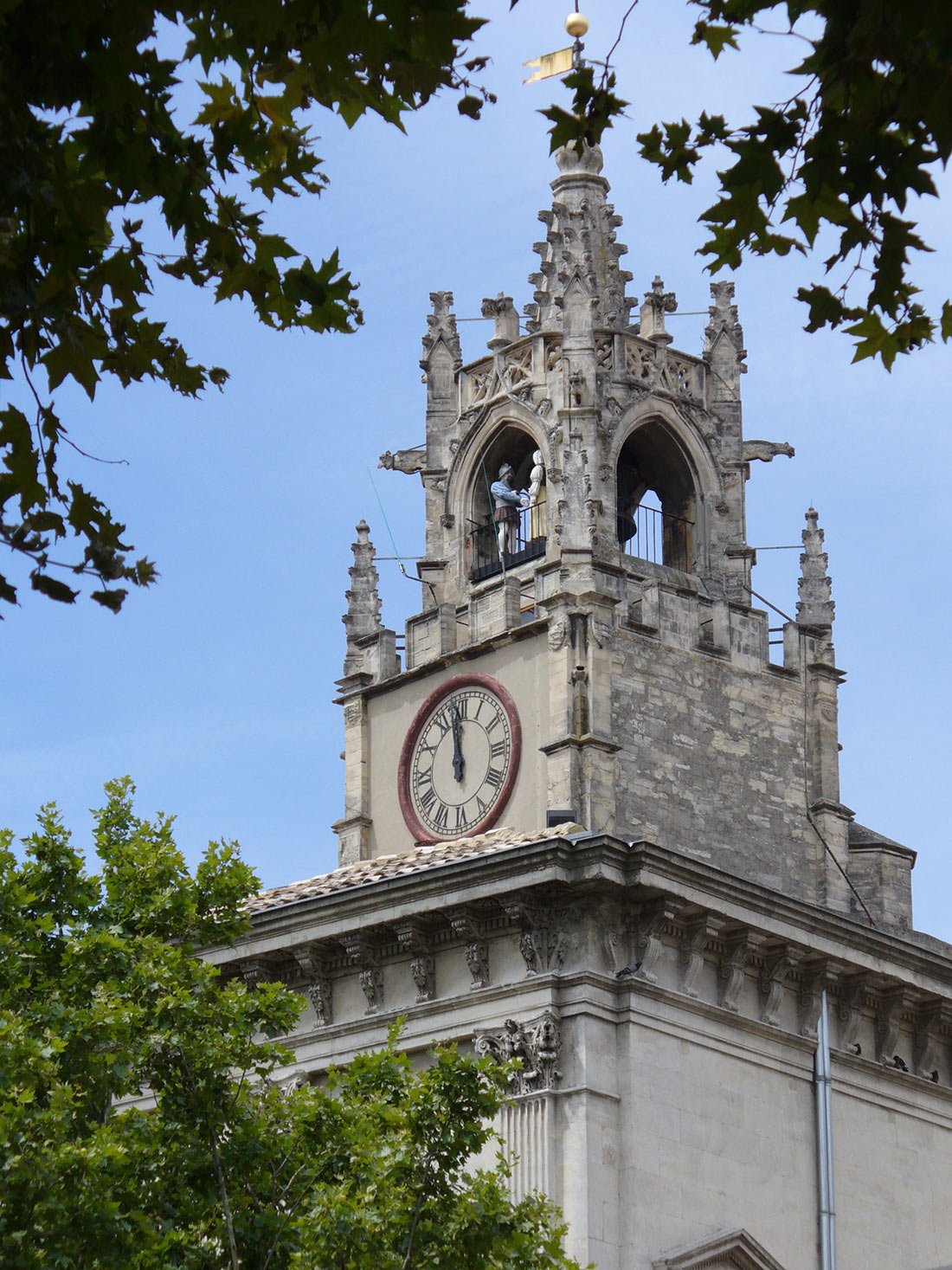
Photo: By steffen heilfort, from Wikimedia Commons (CC-BY-SA-3.0)
A great number of old churches and chapels have been preserved in the ancient city. Behind the town hall the church of Saint-Agricol was built in the XIV century.
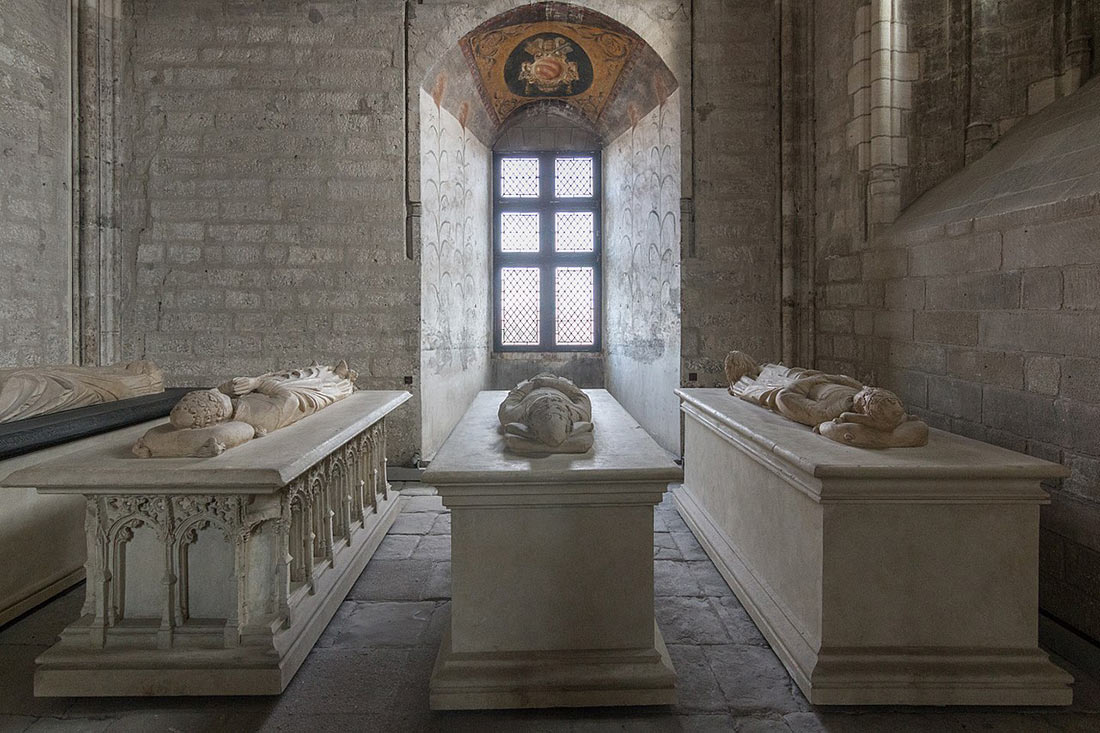
Photo: By Martin Kraft, from Wikimedia Commons (CC BY-SA 3.0)
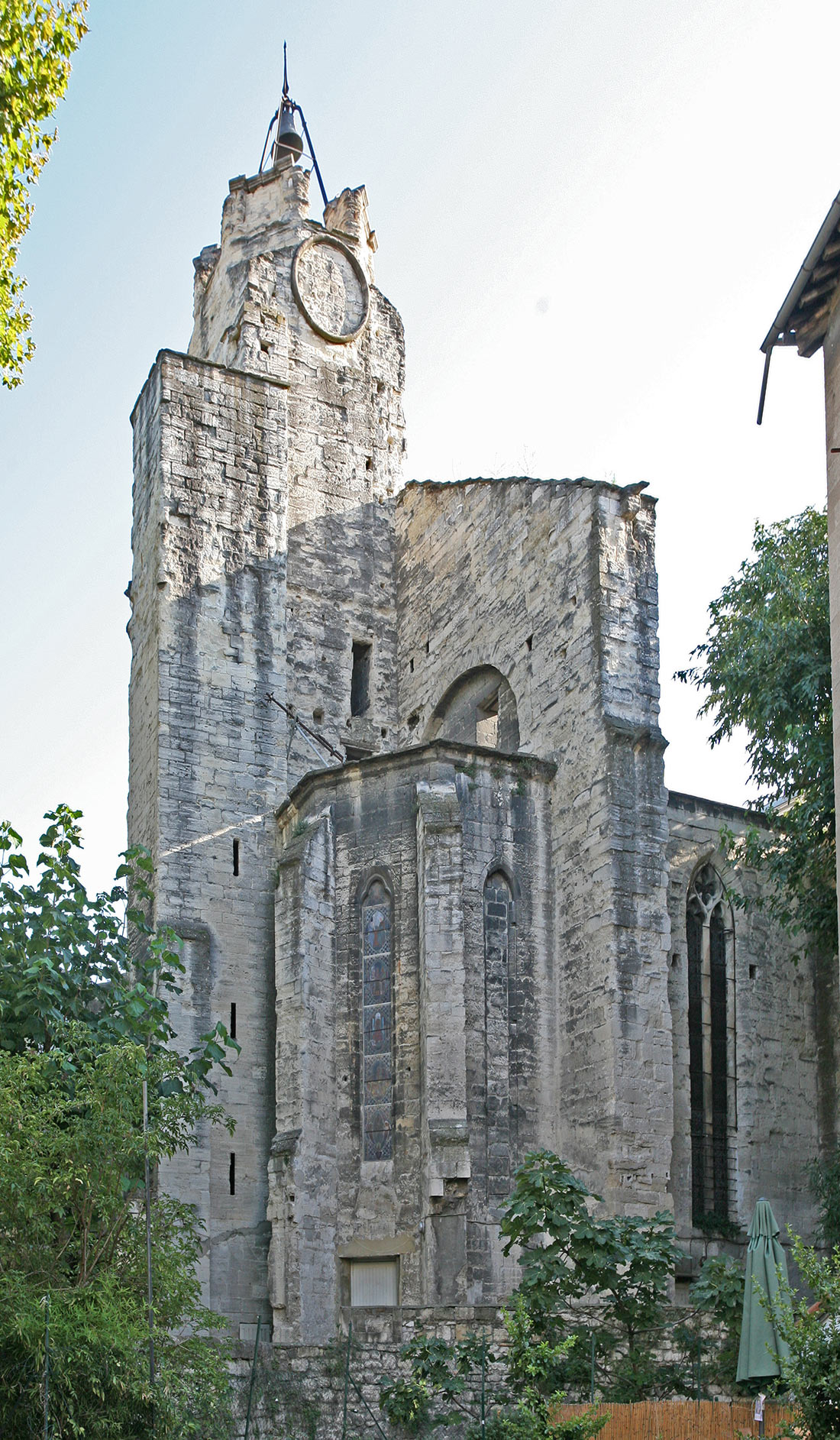
Photo: Jean-Marc Rosier from http://www.rosier.pro, from Wikimedia Commons (CC BY-SA 3.0)
Magnificent Palais du Roure, built in the 15th century, now houses the Center for Provencal Culture.
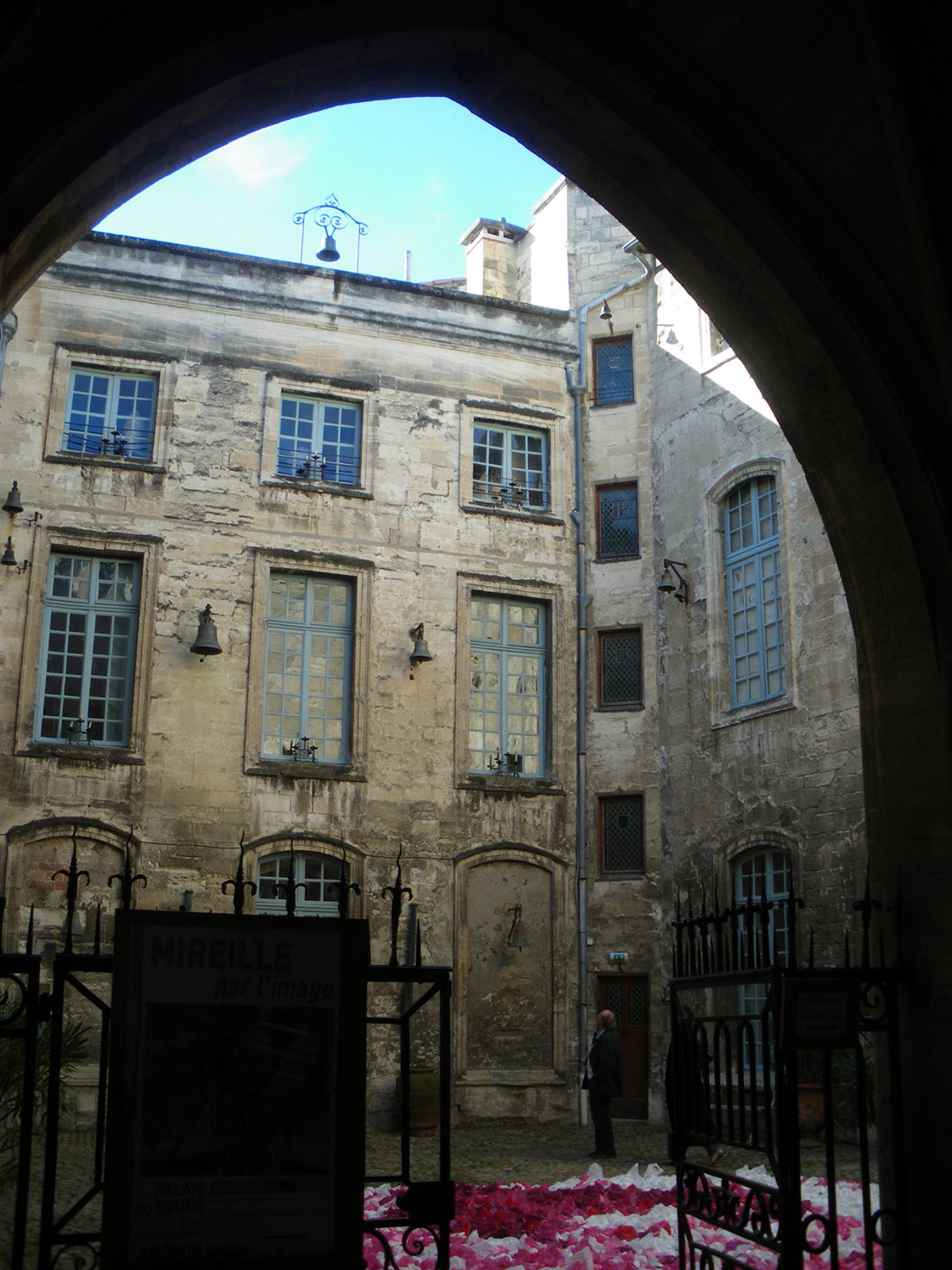
Photo: By Véronique PAGNIER, from Wikimedia Commons (Public domain)
In the old chapel of the Jesuit College there’s a Musée Lapidaire which feature amazing collection of medieval sculptures. And in a 18-th century palace there’s La Foundation Calvet which maintains a large collection of paintings, metalwork and other objects.
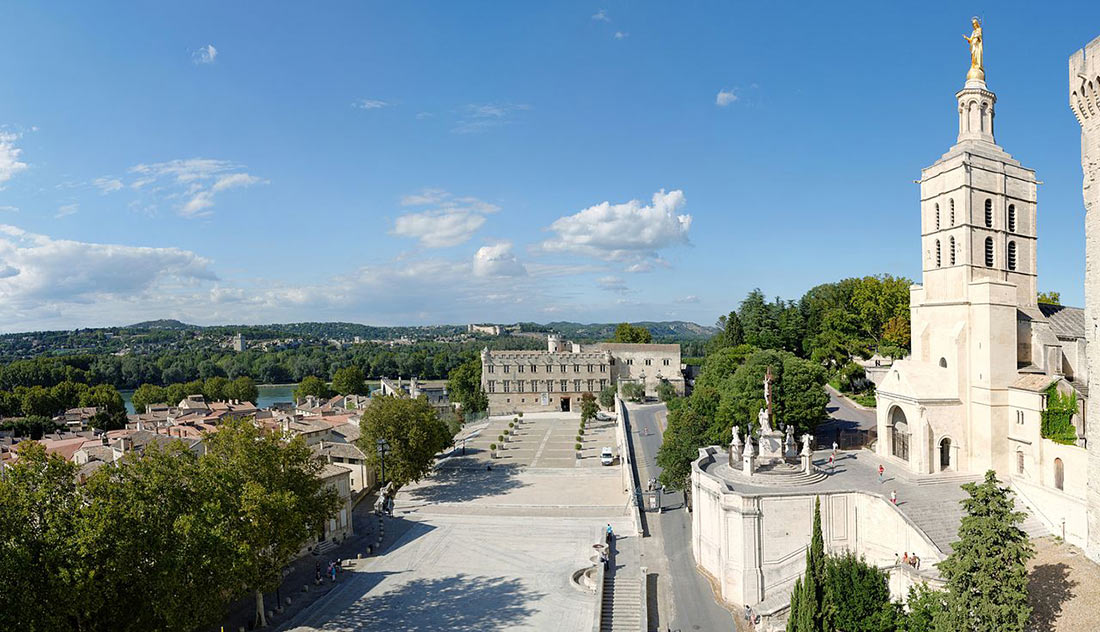
Photo: By François de Dijon, from Wikimedia Commons (CC BY-SA 3.0)
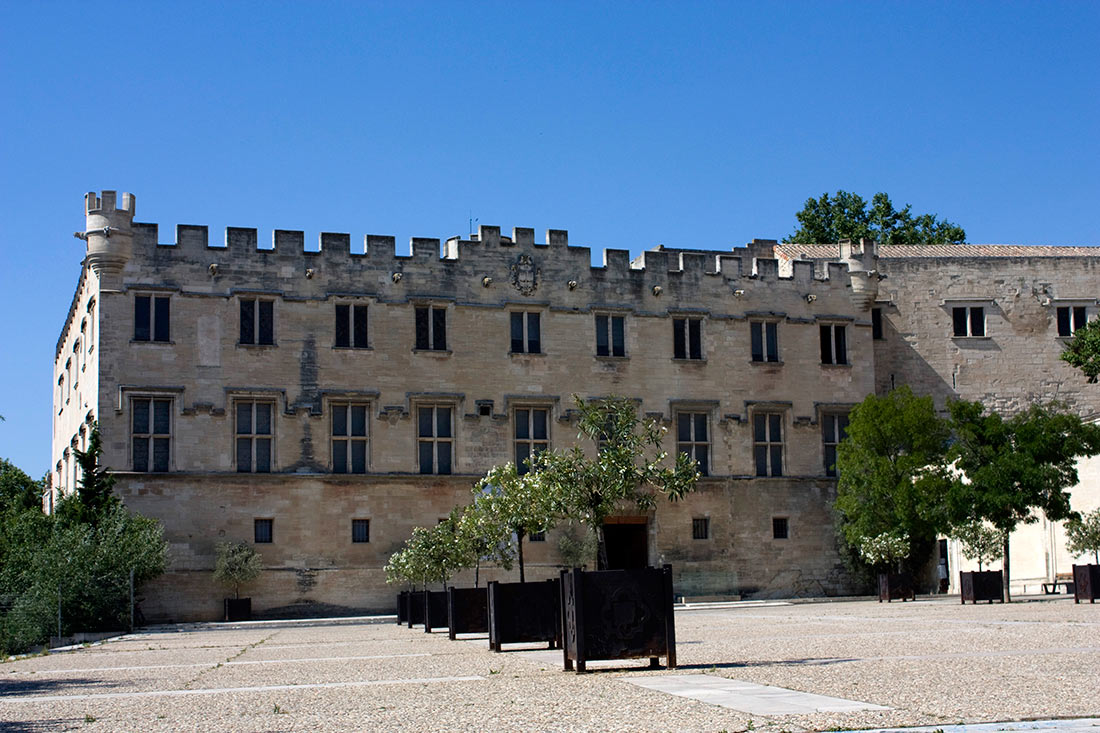
Photo: By D Villafruela, from Wikimedia Commons (CC BY-SA 3.0)
As any medieval city, Avignon features old, winding streets and ancient mansions, many of which are now turned into luxury shops.
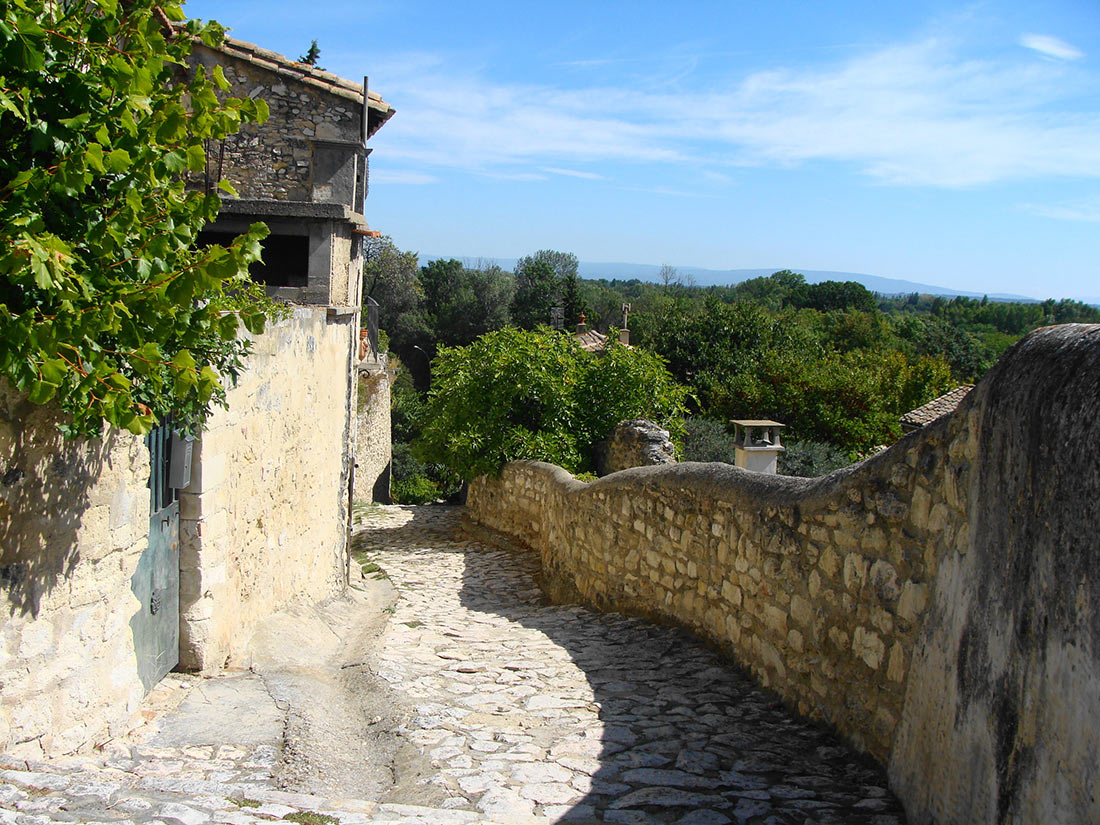
Photo: By Przemysław Sakrajda, from Wikimedia Commons (CC BY-SA 3.0)
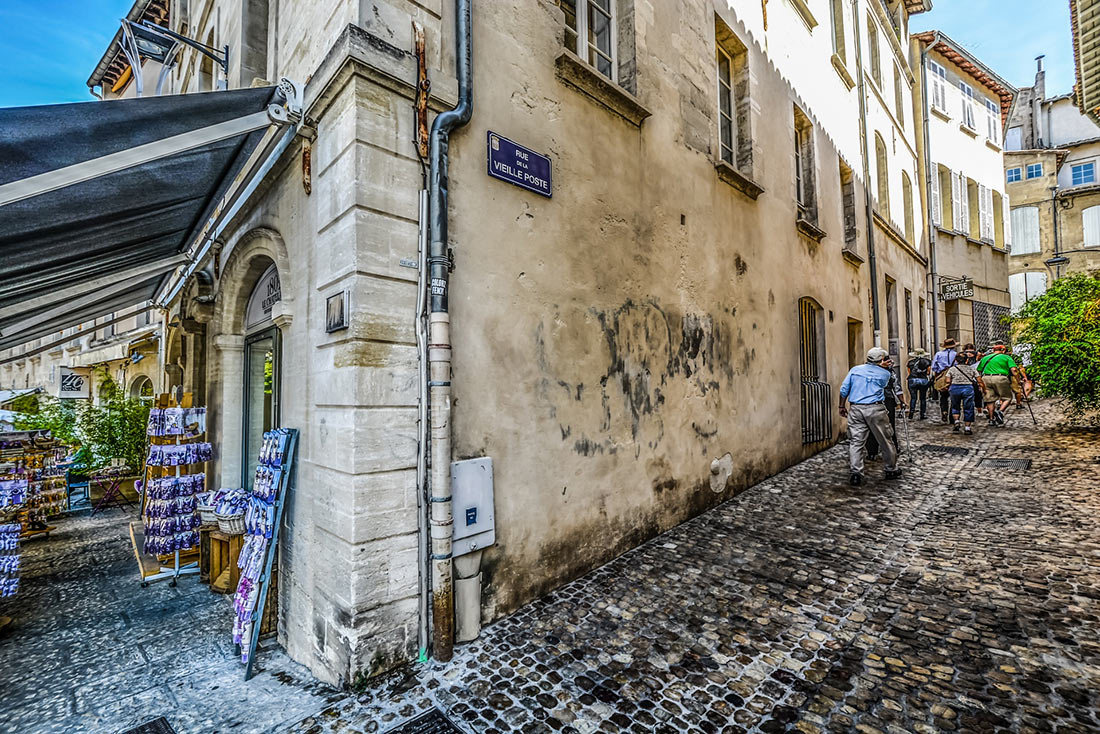
Photo: publicdomainpictures.net (CC0 Public Domain)






























